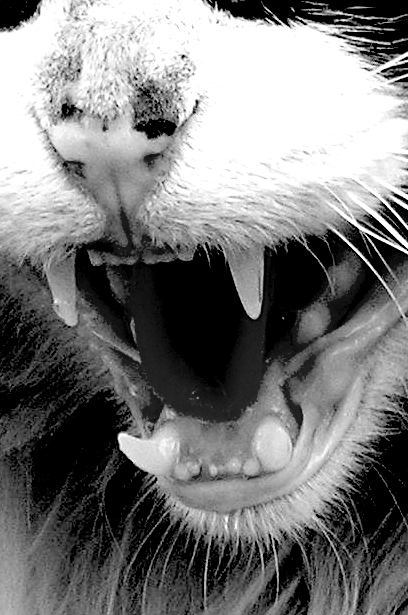Cat killer tested in SA
 New technology could combat predatory cat behaviours in native environments.
New technology could combat predatory cat behaviours in native environments.
Using polymer chemistry principles, researchers at the University of South Australia have created new ‘Population Protecting Implants’ (PPIs) to provide a targeted method for controlling invasive and problem feral cats.
The rice-sized implants are injected just under the skin of native animals, where they remain inert, only activating when digested by a feral predator. The result is deadly.
Researcher Kyle Brewer says the PPIs could save hundreds of native animal species that have been decimated by feral cats.
“Feral cats present a catastrophic threat for Australia’s wildlife as they occur across more than 99 per cent of Australia’s land area and kill more than 815 million mammals each year, the majority of which are native species,” Brewer says.
“Smaller, ‘meal size’ mammals are most at risk, especially ground-dwellers such as the bilby, bettong and quoll.
“Efforts to remove feral cats from a native landscape have had limited success, making it near impossible to re-establish threatened native populations outside a fenced area. Invariably, when native mammal reintroduction schemes are activated, they’re swiftly wiped out by an incursive feral cat.
“By injecting native species with the PPI before they are reintroduced to their natural environment, we’re providing a protective buffer that aims to take out the feral invader in one stroke.
“If a feral cat successfully preys upon one of the PPI-injected mammals, it eats the implant, which activates in the cat’s gastric system causing poison release and death. Ultimately, this protects the remaining native animal population.”
The PPIs are covered by a protective coating and contain a toxin derived from a natural poison in native plants.
They present no danger to tolerant native mammals but are deadly once the toxin is activated in the introduced predator’s stomach.
Currently, 30 bilbies have been implanted with PPIs at Arid Recovery, a 123km2 wildlife reserve in South Australia’s north. Results from this trial are expected to demonstrate the effectiveness of the technology and lead to its commercialisation.







 Print
Print